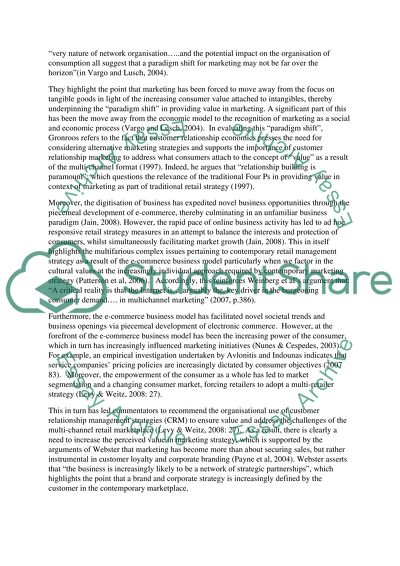Cite this document
(“The challanges of adopting a multi-channel retail approach Essay”, n.d.)
Retrieved from https://studentshare.org/marketing/1412389-the-challanges-of-adopting-a-multi-channel-retail-approach
Retrieved from https://studentshare.org/marketing/1412389-the-challanges-of-adopting-a-multi-channel-retail-approach
(The Challanges of Adopting a Multi-Channel Retail Approach Essay)
https://studentshare.org/marketing/1412389-the-challanges-of-adopting-a-multi-channel-retail-approach.
https://studentshare.org/marketing/1412389-the-challanges-of-adopting-a-multi-channel-retail-approach.
“The Challanges of Adopting a Multi-Channel Retail Approach Essay”, n.d. https://studentshare.org/marketing/1412389-the-challanges-of-adopting-a-multi-channel-retail-approach.


